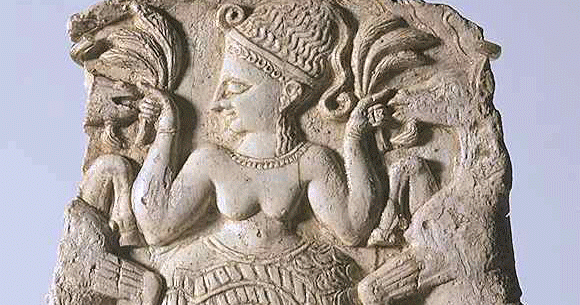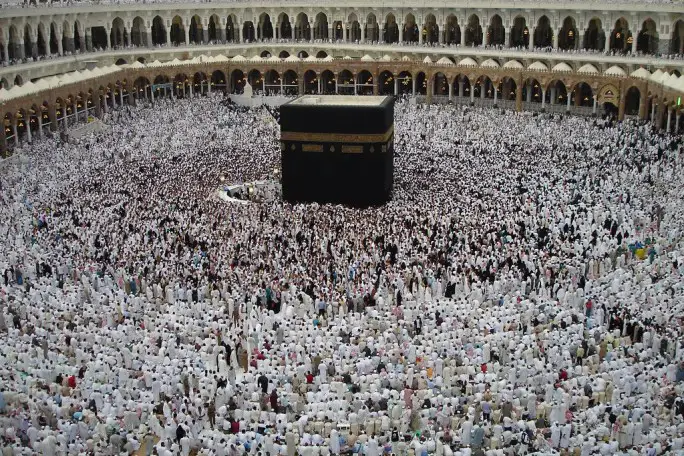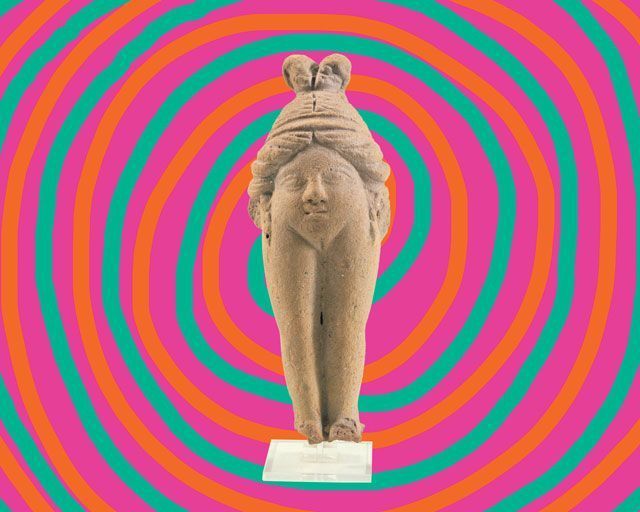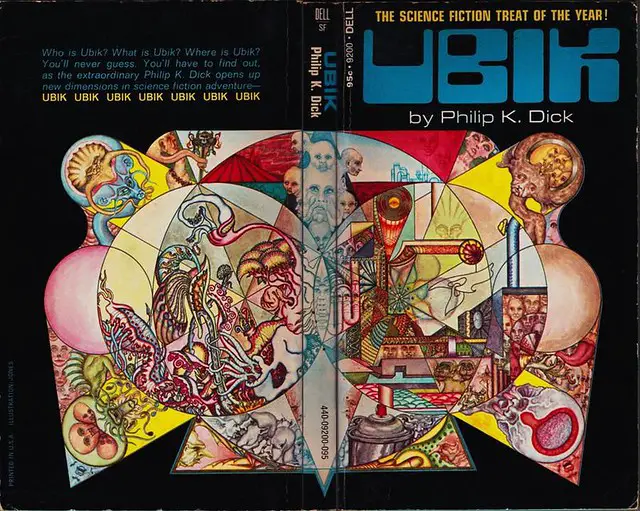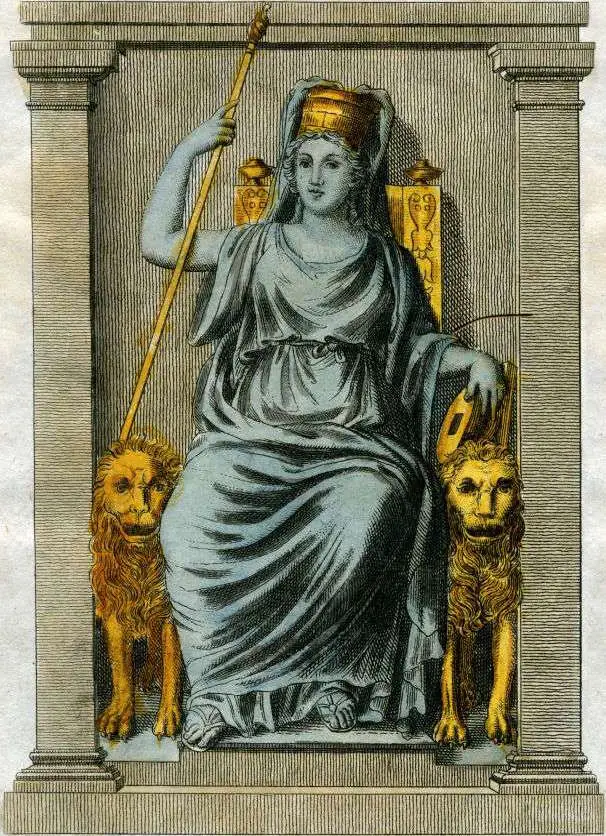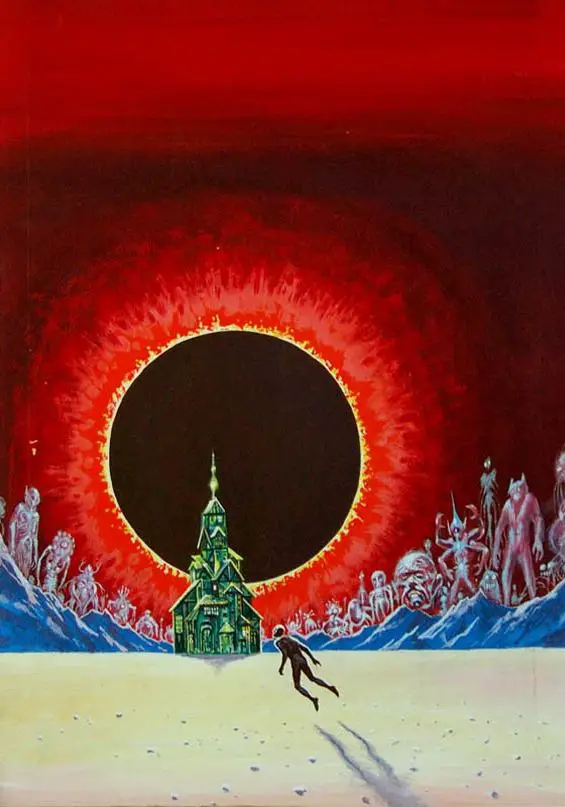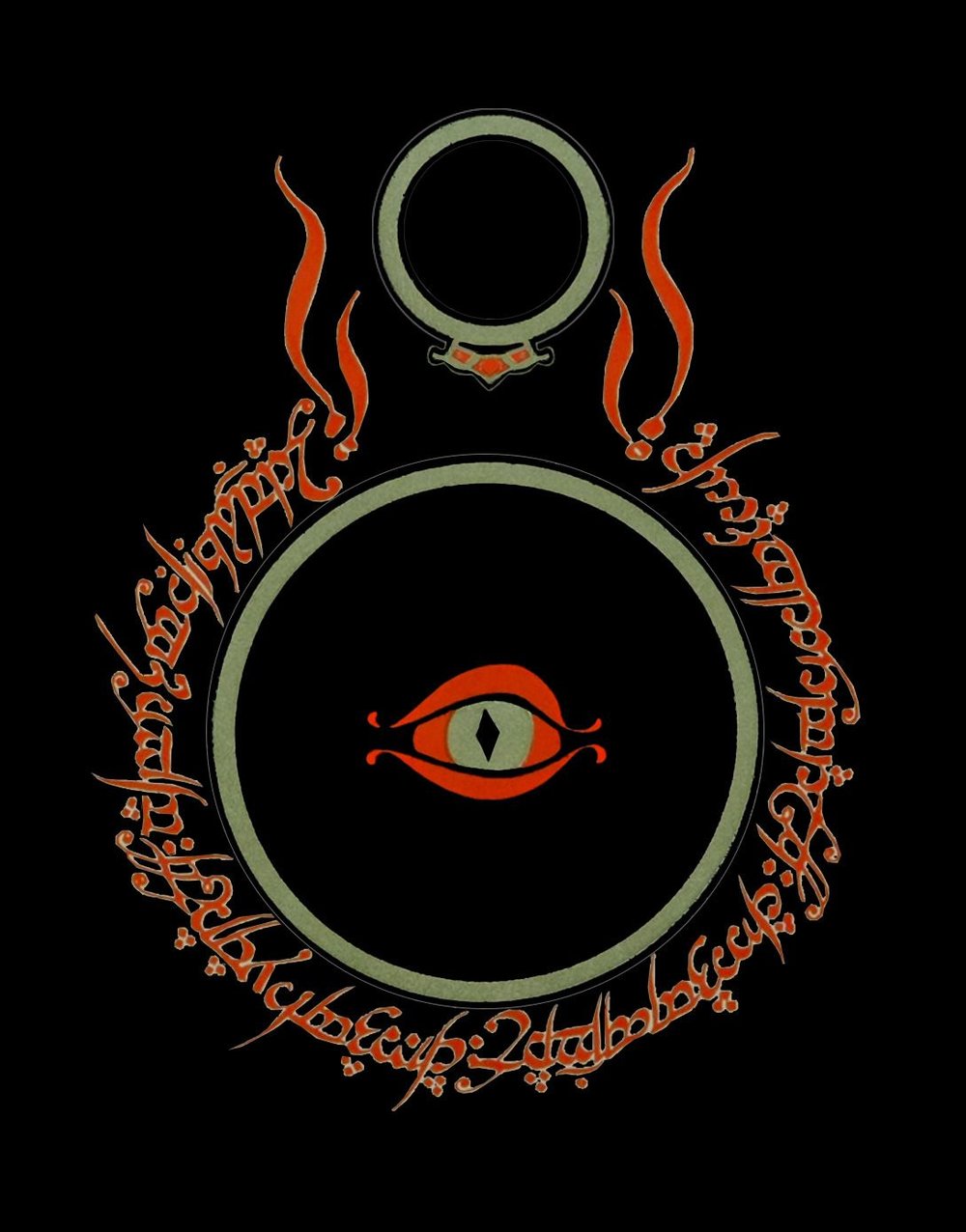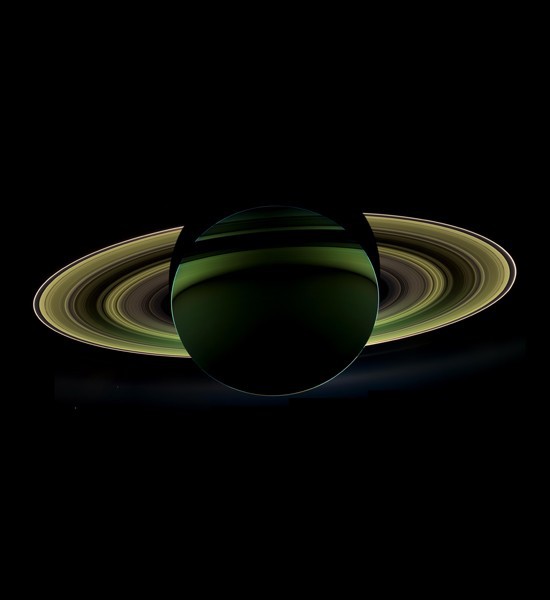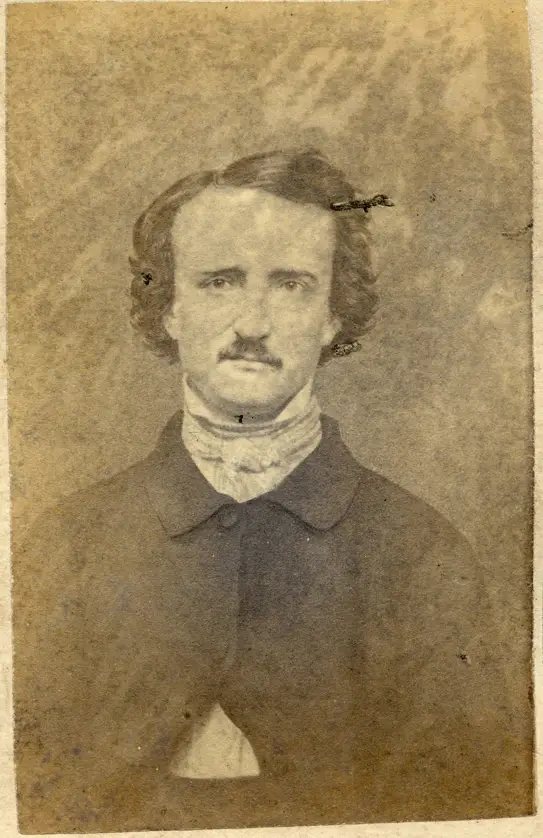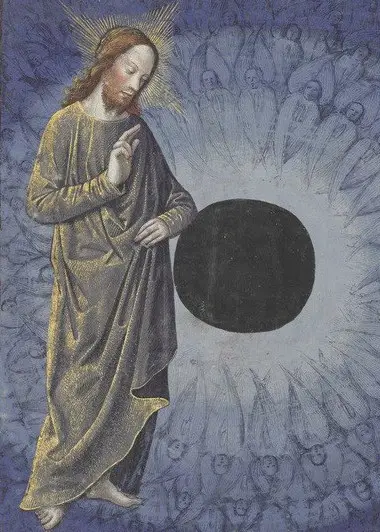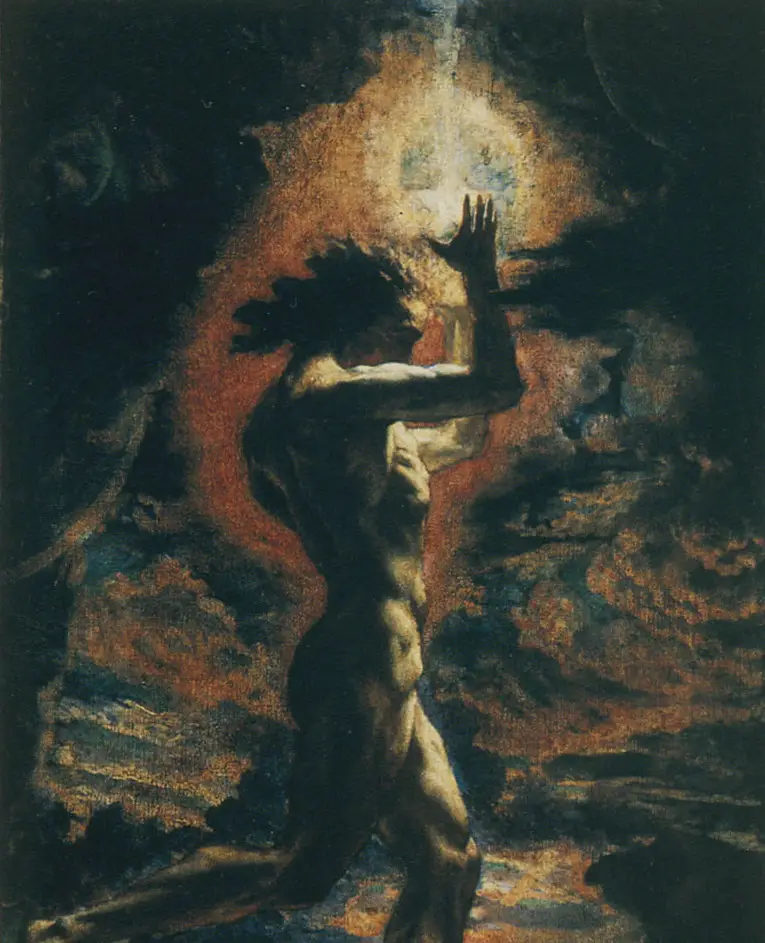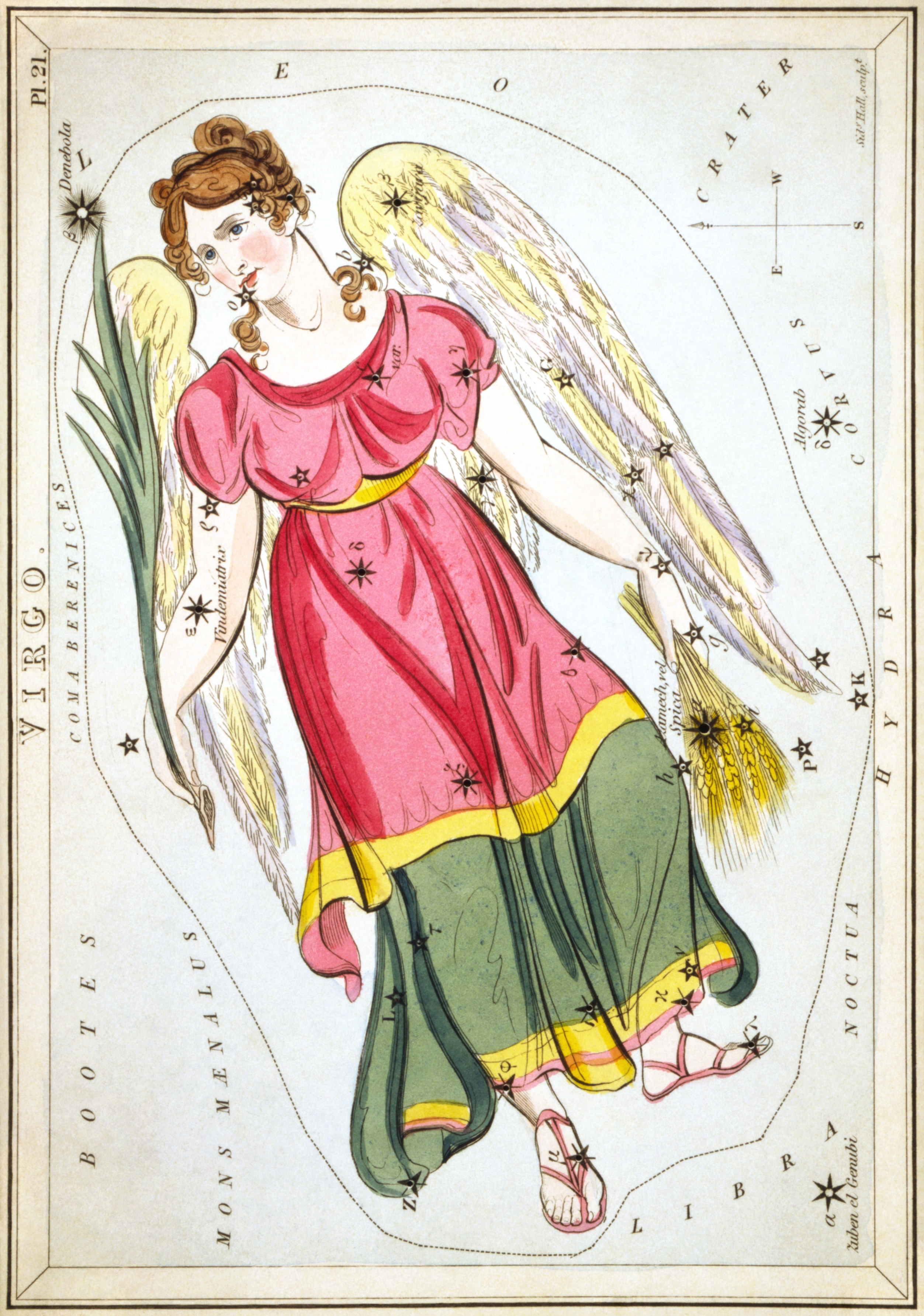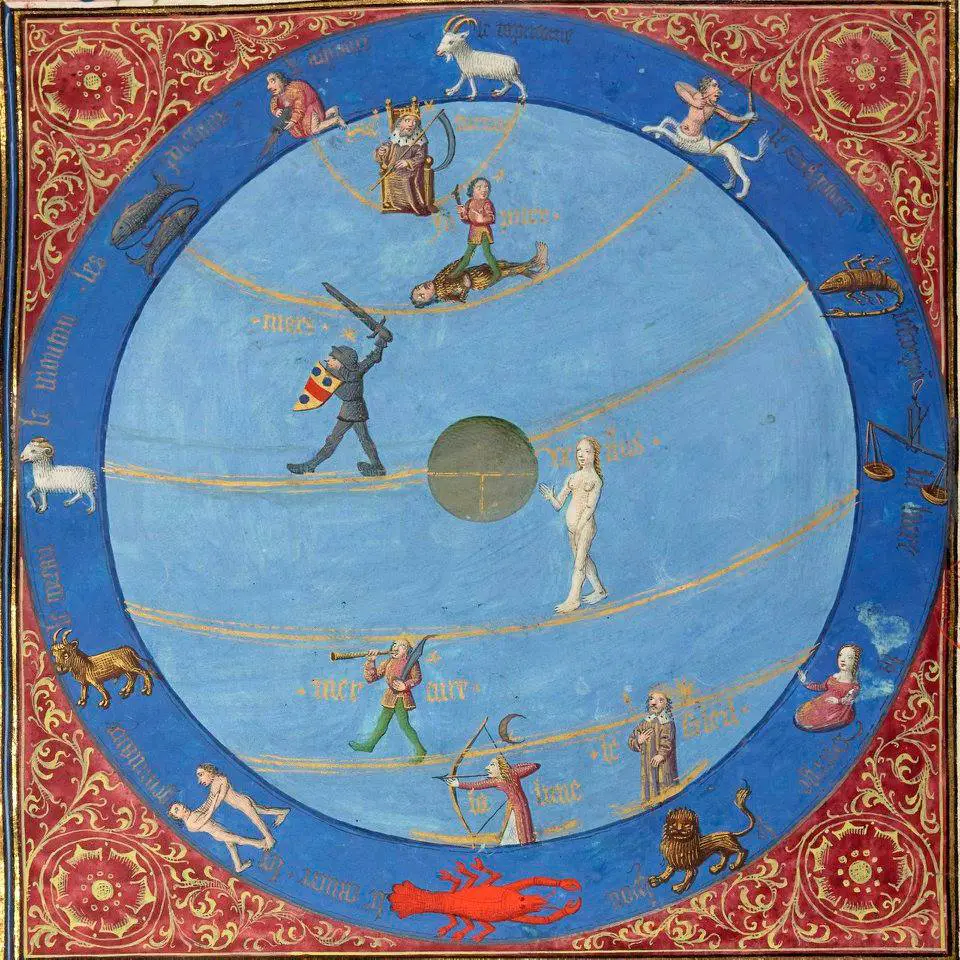Author: Andrew Casella
Origin and meaning of the Mâgên Dâwîd — Hildegard Lewy (part III)
Third part of our translation of the comparative study, previously unpublished in Italian, on the ancient religions of Jerusalem and Mecca. Edited by Andrea Casella.
Origin and meaning of Mâgên Dâwîd – Hildegard Lewy (part II)
Second part of our translation of the comparative study, hitherto unpublished in Italian, on the ancient religions of Jerusalem and Mecca. Edited by Andrea Casella.
Origin and meaning of Mâgên Dâwîd – Hildegard Lewy (part I)
First part of our translation of the comparative study, hitherto unpublished in Italian, on the ancient religions of Jerusalem and Mecca. Edited by Andrea Casella.
The cosmological meaning of the laughter of the gods: on the myth of Baubò and its surroundings
Emerging from every corner of the globe, the mythology of divine laughter hides an ancestral and terrible secret. Why should we make the worried gods laugh? From Demeter to Amaterasu, the answer points once again to time and cosmic palingenesis.
In the beginning was the Word: the fantasy of Philip K. Dick in "Ubik"
Ubik is a meta novel. Everything in Ubik is verbalism, pure fiction. Ubik is the verb that "exists from the beginning", the verb that creates worlds. Ubik is pure appearance, but it is also the Principle. Platonic quotations emerge here and there in the novel: above all the Myth of the Cave and the curious application of the doctrine of universals: "things" are only masks placed on other masks, which fall as the process of regression or decay breaks down on them.
From Cybele to Demeter, the different faces of Mother Earth, or rather of the ecliptic
From the Phrygian tradition concerning Cybele, "goddess of the mountain and wild beasts", to the Indian tradition of Aditi, "inexhaustible source of abundance", up to the different Hellenic divinities such as Rhea, Demeter, Themes, Meti (without forgetting the various collective deities, always feminine, of destiny), an astrotheological reading emerges that can shed light on the aforementioned "Mother Goddesses of the Earth", provided that the latter is understood, following the studies of Santillana, Dechend and Richer (as well as the Platonic clues), in the meaning of ecliptic.
"The House on the Abyss" by William Hope Hodgson
A descent into hell turns into a space-time wandering. On the threshold of the twentieth century, the traditional katabasis is now tinged with the gloomy hues of already Einsteinian cosmicism. In a universe that has lost its center for centuries, WH Hodgson tries for the last time to get an overview of the Whole. The vision that he gives us is that of a universe without holds, in perennial decay, dominated by unknown forces that embody chaos and death, anticipating what will be the typical nightmares of HP Lovecraft's sepulchral nihilism.
Sauron, the Demiurge of Middle-earth
An examination of the demiurgic aspects of the Dark Lord of Middle-earth. The One Ring as a symbol of the Saturnian will to subjugation, which has its manifestation in the control of time.
Saturn, the Black Sun of the early days
An in-depth analysis of the most ancient sources in our possession leads us to the conclusion that, 'in illo tempore', in a perspective of "stellar symbolism" (and not yet "solar"), Saturn was considered the true King of Heaven.
Edgar Allan Poe and the criticism of the real in humorous farces
The anniversary of the birth of the Master of Terror gives us the opportunity to analyze his mocking vision of the "real", of the world and of the past in an almost unknown branch of his work
Astrological considerations on the Gospel: the Passion and the Resurrection
Astrological Considerations on the Gospel: A Solar-Based Soteriology
di Andrew Casella
cover: “The creation of the Sun, the Moon and the stars”, ca. 1250-1260
The cycle of articles dedicated to sacred astronomy by Andrea Casella continues. In this appointment and in the one that will follow, the author focuses on the soteriology of the Christian Gospels, identifying the references — most of the time now forgotten and therefore misunderstood — to the ancient astroteological tradition. In this first part we will analyze in a special way the figure of John the Baptist and his relationship with Jesus (especially as regards "baptism") and that of Judas the Iscariot, connected with the constellation of Scorpio.
The "Heavenly Fire": Kronos, Phaeton, Prometheus
di Andrew Casella
cover: Jean Delville, Prometheus, 1907)
[Continued from The astronomical significance of the Golden Age: Astrea and the "fall" of Phaeton]
In a Mongolian wedding prayer it is stated that: "Fire was born when Heaven and Earth separated": Therefore, before the celestial equator (Father Heaven) and the ecliptic (mother Earth) moved away (ie the inclination angle of about 23 ° of the ecliptic with respect to the equator was recorded), the" Fire " did not exist. At the beginning, the Milky Way united heaven, earth and the world of the dead: the southern part of the Galaxy, in correspondence with Scorpio and Sagittarius, is, for many traditions, the place dedicated to the collection of souls waiting to reincarnate.
The astronomical significance of the Golden Age: Astrea and the "fall" of Phaeton
di Andrew Casella
cover: Sidney Hall, representation of the Virgo constellation, taken from "Urania's Mirror", 1825)
(follows from Stellar symbolism and solar symbolism)
All the peoples of the world sang of a mythical "first time" of abundance, in which the gods walked the earth and all things were in harmony. The myth of the Golden Age fascinated poets from remote antiquity to the times of the Renaissance. Basically, it was believed to be a time of material wonders, in which the bodily well-being of men was guaranteed by the natural and infinite flow of milk and honey. But are things really as the poets sang? What was the Golden Age really? The poets themselves, on the other hand, have preserved (consciously or not) some revelatory clues to the mystery, which refer, once again, to the celestial vault.
Stellar symbolism and solar symbolism
di Andrew Casella
cover: "The zodiac and the planets" by Bartholomeus Anglicus, taken from De proprietatibus rerum, Ahun 1480
[follows from Cyclic time and its mythological meaning: the precession of the equinoxes and the tetramorph e A Science in Tatters: Survival of the Doctrines of Cyclic Time from the Timaeus to the Apocalypse]
To resume the common thread of the images that we introduced in the first two appointments of this cycle, in the light of the previous considerations, it might be useful to quote a passage from Norse mythology.
A Science in Tatters: Survival of the Doctrines of Cyclic Time from the Timaeus to the Apocalypse
di Andrew Casella
cover: William Blake, illustration for Dante Alighieri's Divine Comedy
In the first article of this cycle [cf. Cyclic time and its mythological meaning: the precession of the equinoxes and the tetramorph], we have said that, at regular intervals, due to the precession, some alternations of constellations occur in the four cardinal points of the year. This is the reason why the sacred texts speak of certain "catastrophes" that determine some "submergence" of an old "earth" and the rise of a new one (at least up to a certain time in history). Each age of the world has its "earth", that is its ecliptic plane, delimited by the equinoxes and solstices, which emerges from the "sea", that is, from the demarcation plane of the celestial equator. When the points of the year are determined by other constellations, a new "earth" rises on the horizon, while the old one sinks below sea level.
Cyclic time and its mythological meaning: the precession of the equinoxes and the tetramorph
di Andrew Casella
It will certainly not go unnoticed by those who are at least a little accustomed to sacred science, a Christian symbol that has always stood out on the facades of churches, adorns manuscripts and is even found on a tarot blade: the tetramorph. This symbol draws its origin from the famous vision of Ezekiel (Ez. 1, 4-28) which St. John later poured into his own Apocalypse. These are four figures that surround the throne of God: the first has the appearance of a lion, the second of a bull, the third of a man and the fourth of an eagle in flight (Ap. 4, 7). Traditionally, these strange figures (which the Apocalypse calls the "Living") are attributed a literary value: in fact, they are the four evangelists, Matthew, Mark, Luke and John. These figures, however, as mentioned, can be found (even more strangely, one might say) also on a tarot blade, and precisely the number XXI, which designates the world.

